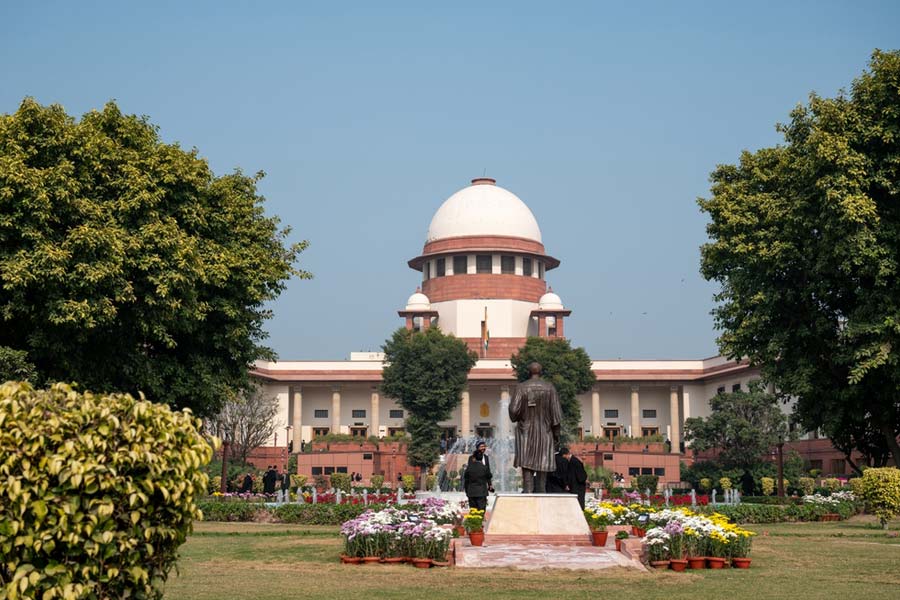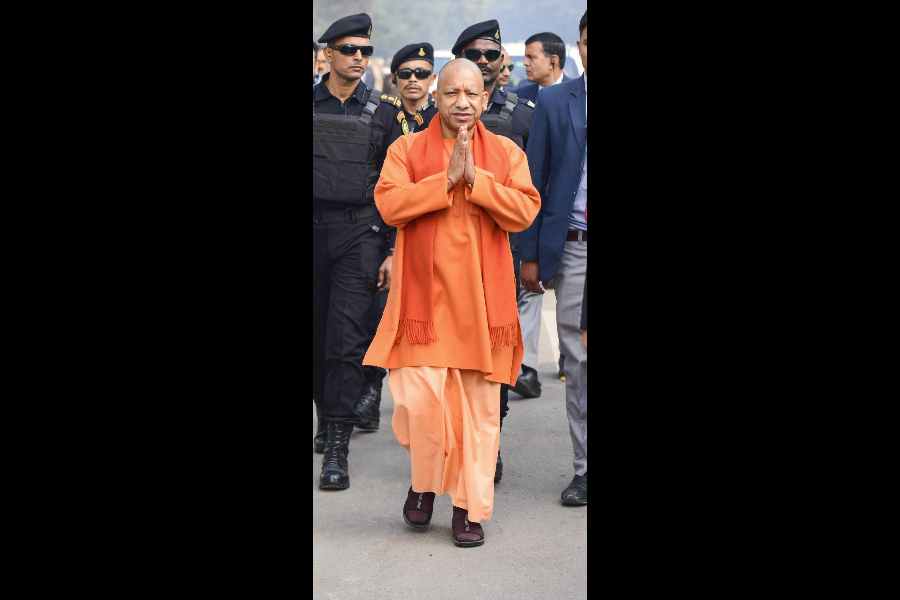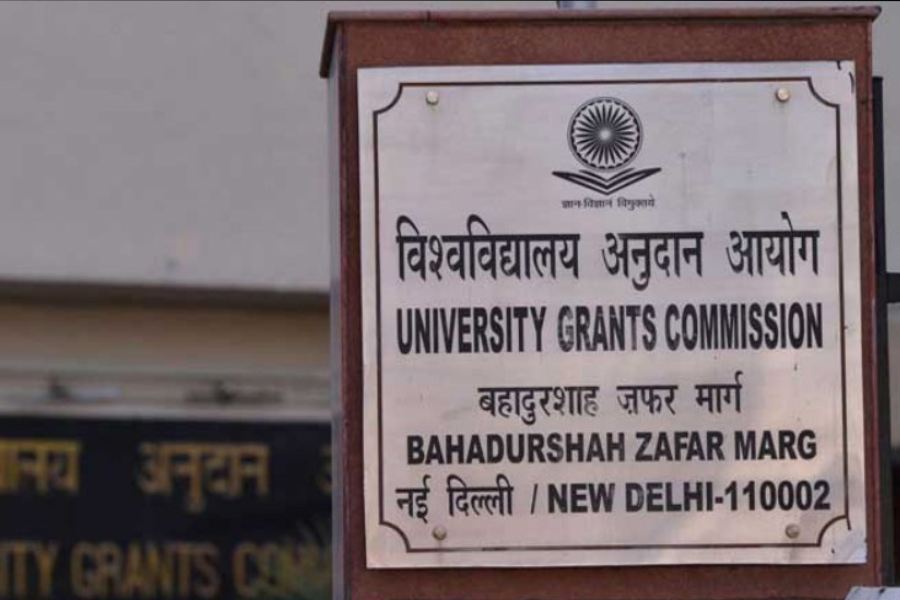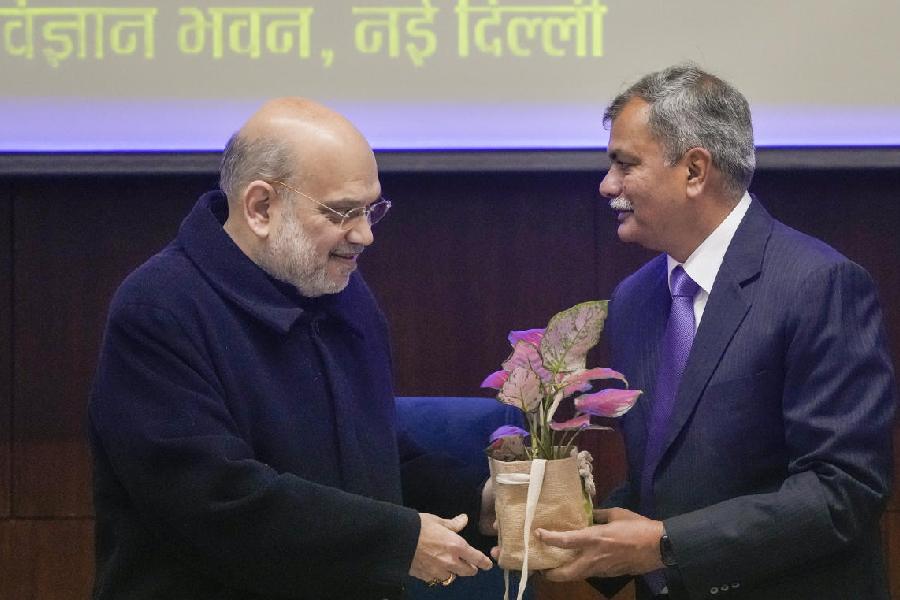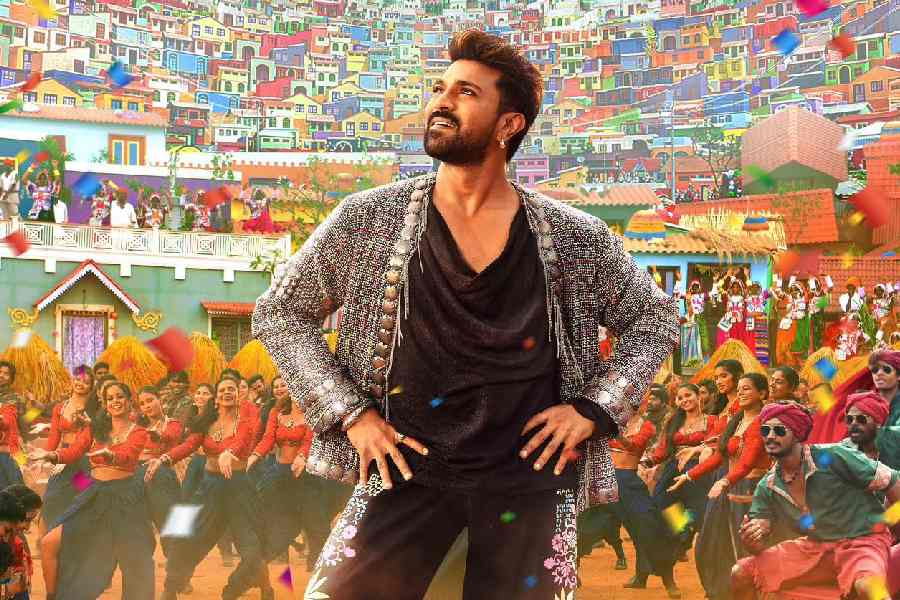
The last few decades, especially since the time of B.R. Ambedkar's birth centenary, have seen active interest in recovering Dalit history. Scholars and activists have shown alacrity in seeking the origins of a modern Dalit identity. An outcome of this search has been the discovery of Iyothee Thass Pandithar (1845-1914), the radical Dalit thinker who has now become a household name, at least in Tamil Nadu. A native doctor by profession, he was an intellectual and activist, who anticipated Ambedkar by two generations. In the 1890s, Iyothee Thass forged a radical identity for Dalits arguing that they were the original Buddhists who were stigmatized as 'Untouchables' by Brahminism for resisting the caste system. At a time when Buddhism was in practical oblivion in India and what little was known of it was mediated by Orientalist antiquarians, he reinterpreted Indian and Tamil history through Buddhism. The weekly Oru Paisa Tamilan (later Tamilan) that he edited between 1907 and until his death in 1914 was the primary vehicle of his ideas. His movement, to revive Buddhism, radicalized significant numbers of Dalits, especially among the working classes in the Kolar Gold Fields. Iyothee Thass is now an inspiration for a new generation of Dalit activists and thinkers in Tamil Nadu.
The recent rediscovery of Dharmanand Kosambi (1876-1947) is of a different order. Although a major figure in the Marathi cultural world, Dharmanand was known to the outside world primarily as the father of the distinguished historian and mathematician among other things, D.D. Kosambi. Some years ago, Meera Kosambi, the daughter of D.D. Kosambi and granddaughter of Dharmanand Kosambi, translated and put together the various writings of her grandfather into a volume. A pioneering feminist scholar and sociologist in her own right, her editions of the senior Kosambi's writings opened up a new chapter in the intellectual history of modern India. In her own words, "To Dharmanand goes the credit for reviving Buddhism as a living religion in twentieth-century India, long after it disappeared from the country, living behind only magnificent ruins as a mute testimony to its glorious existence. In reviving Buddhism, he not only reintroduced the doctrine and practice of the religion but also established its relevance to contemporary social and political ideologies." Some achievement indeed.
A self-taught man, Dharmanand Kosambi mastered Pali, Sanskrit, and English, taught Buddhism at Calcutta, Harvard and Moscow. His critical edition of the Visuddhi-magga, a Pali text that distils the essence of the Buddhist Tripitaka, for the Harvard Oriental Classics series remains a gold standard. In the 1920s, he was inspired by Gandhi, taught at his Gujarat Vidyapeeth, and in 1947, in spite of Gandhi's exhortations, fasted to death following the Jain tradition of sallekhanaa at Gandhi's ashram in Wardha.
What fate drew these two diverse figures, one a Gaud Saraswath Brahmin born in Goa, and another a Dalit born in the hills of Nilgiris, together? From the autobiography of Dharmanand Kosambi, Nivedan, we now know the two had met, and on more than one occasion.
Dharmanand Kosambi's quest for Buddhism had taken him all over India and even Sri Lanka, Burma and Nepal. In 1903, he spent over six months in Chennai where he encountered three important figures in the revival of Buddhism in south India: M. Singaravelu Chettiar (1860-1946), also known as the first communist of south India; P. Lakshminarasu (1860/61-1934), author of The Essence of Buddhism (republished in 1948 with a foreword by Ambedkar); and Iyothee Thass Pandithar. After reaching Colombo with Singaravelu's help and studying at the Vidyodaya Vidyalaya, founded by Hikkeduwe Sri Sumangala Thera, Kosambi returned to Chennai in late March 1903.
Let us now hear in his own words Dharmanand Kosambi's encounter with Buddhism in Chennai and Iyothee Thass.
"A Buddhist society called the 'Madras Mahabodhi Sabha' already existed in Madras, with Professor Lakshminarasu Naidu as president and Singaravelu as secretary. This Sabha did nothing other than celebrate Vaishakh Purnima... A number of Pariahs (Ati Shudras) had embraced Buddhism in Madras city. Their leader was Pandit Ayodhidas. But he and the members of the Mahabodhi Sabha did not get along. About two months after I came to Madras, all these Buddhists united. They rented a small house in Rayapet [Royapettah], named it Bauddhashram, and installed me there."
After six months in Chennai Kosambi was tired and felt like an exile, and decided to proceed to Burma.
"About the middle of October 1903... I left for Burma. Pandit Ayodhidas and others came to the harbour to see me off. A Madrasi acquaintance of theirs was to go by the same steamer. Pandit Ayodhidas introduced me to him and told me that he would look after me during the voyage."
Brief as these two references are, they are nevertheless valuable. At this time, the future Harvard professor did not know enough English to even get by. What language the two used to communicate is not clear but evidently they did.
Who would have imagined that a Maharashtrian Buddhist scholar would meet Iyothee Thass and much less write about him, little known as he was at that time? Nivedan, in its original Marathi, was serialized intermittently during 1912-16, and published in book form in 1924. Therefore, at the time of its writing, and publication, in all probability Dharmanand Kosambi was unaware of Iyothee Thass's death - much less of his posthumous recognition and importance.
One can only hope that more such information will turn up in the coming years, throwing shafts of light on the obscure but nevertheless important nooks of our intellectual past.
The author is a historian and Tamil writer based in Chennai


